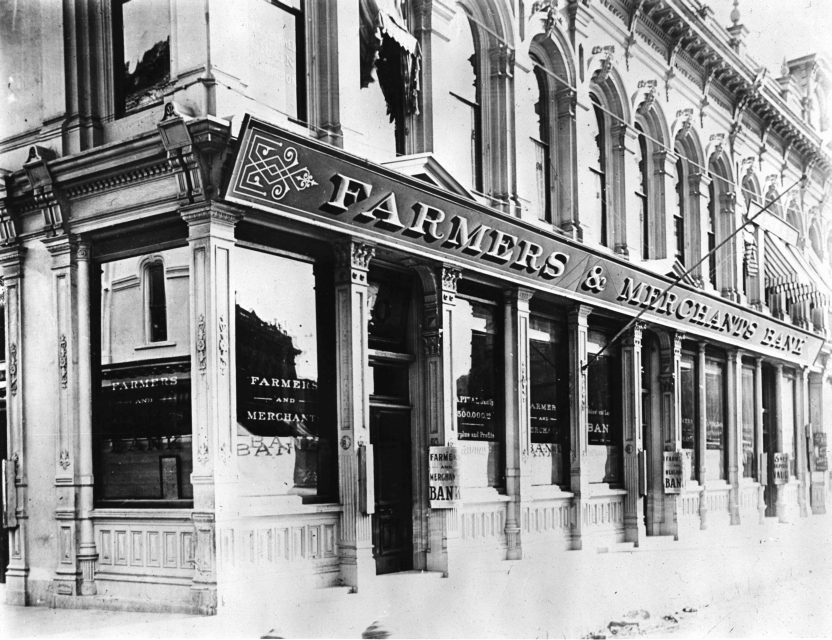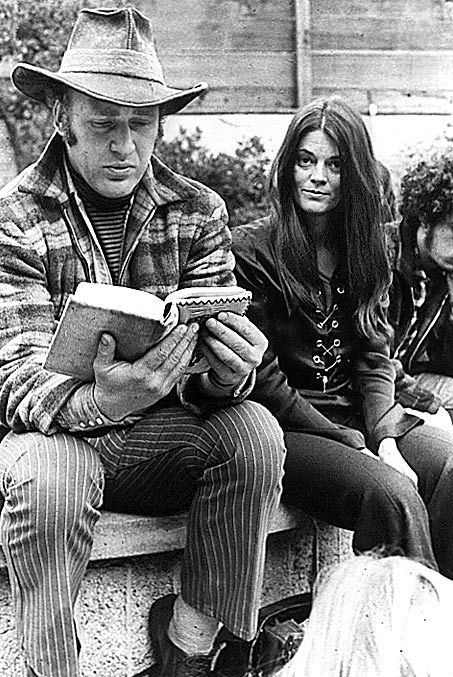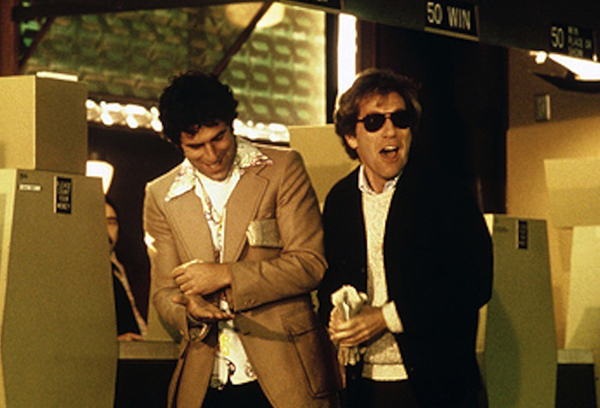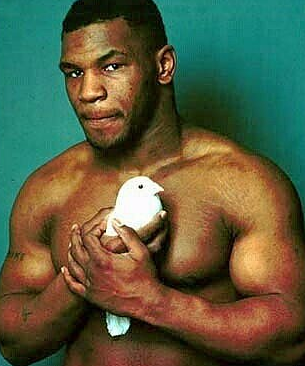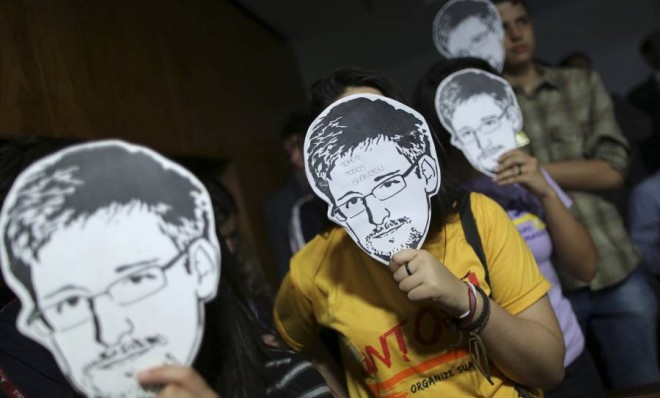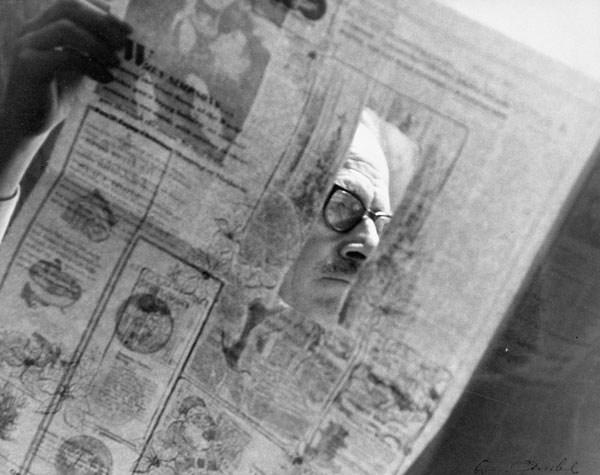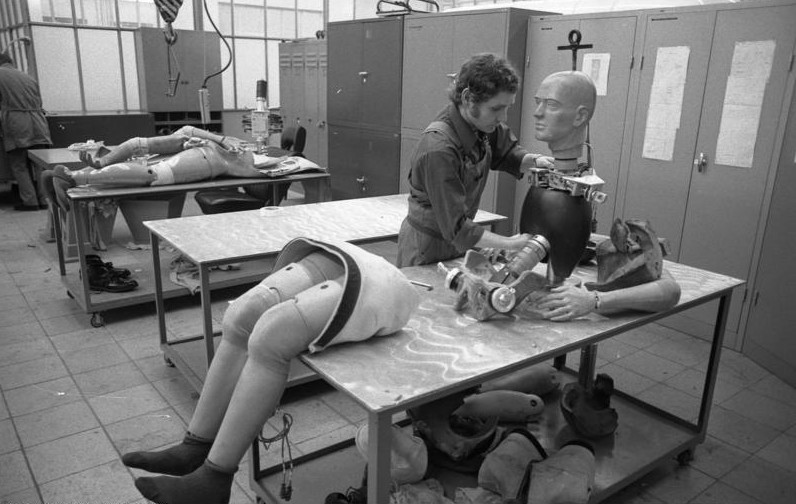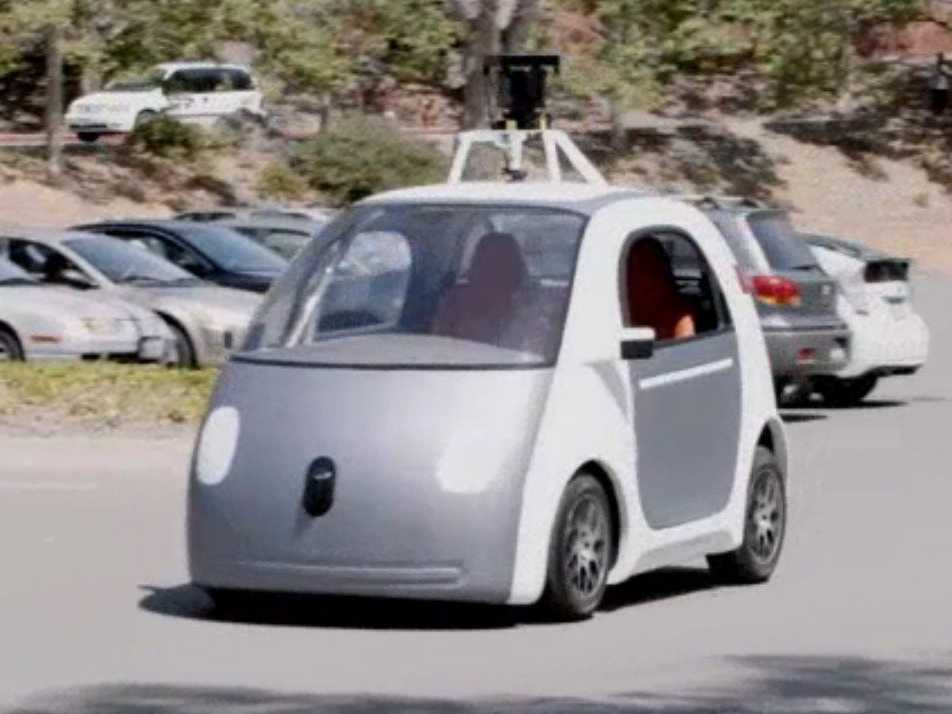Faustian art-world figure Stefan Simchowitz, whose aggressive promotion and popular Instagram account grow art stars and his own bank account, sees himself as a Silicon Valley-ish disruptor of traditional dealers, a popularizer of the “Post-Internet” school, while he makes many others just see red, believing him more Wall Street-esque predator than patron, a philistine who flips collages like condos. Certainly not the first article about the Google Era anti-gallerist but one of the best is “The Art World’s Patron Satan,” Christopher Glazek’s just-published New York Times Magazine profile. An excerpt:
“Since 2007, Simchowitz has sponsored and promoted roughly two dozen young artists. In addition to arranging sales for their work, Simchowitz often provides them with a studio, purchases their materials, covers their rent and subsidizes their living expenses. Perhaps most consequentially, he also posts photos of them and their work on his influential Instagram account, thereby creating what he calls ‘heat’ and ‘velocity’ for the artists he supports, who have included market darlings like the Colombian Oscar Murillo, the Japanese-American Parker Ito and the Brazilian Christian Rosa, all under the age of 35. But Simchowitz’s methods call down the opprobrium of art-world stalwarts, who are contemptuous of his taste, suspicious of his motives and fearful of his network’s potential to subvert the intricate hierarchies that have regulated art for centuries.
Reputations in the art world are forged over many years across countless fairs, openings, reviews and dinners. Although laypeople may look at a $30 million Richter and compare it to splatters from a second grader, Richter’s prices are determined not by chance but by the elaborate academic, journalistic and institutional infrastructure the art world has built to mete out prizes and anoint the next generation of cultural torchbearers. The collector class has traditionally come from the very top of the wealth spectrum and has included people looking to trade money for social prestige by participating in the art world’s stately rituals. Over the last few years, though, a new class of speculators has emerged with crasser objectives: They are less interested in flying to Basel to attend a dinner than in riding the economic wave that has caused the market for emerging contemporary art to surge in the past decade.
Critics charge that Simchowitz often preys on vulnerable young artists without gallery representation — some say without talent — and buys up huge quantities of their work, then flips the pieces back and forth at escalating prices among a cultivated group of buyers: a network of movie stars, professional poker players, orthodontists, nightclub promoters, financiers, football players and corned-beef magnates, many of whom hold Simchowitz in such high esteem that they’re willing to purchase the pieces he acquires for them sight unseen, artist unnamed. In March, in an online screed for New York magazine, the art critic Jerry Saltz tore into Simchowitz with unusual ferocity, dubbing him a ‘Sith Lord’ and the Pied Piper of the ‘New Cynicism.’ Simchowitz’s artists may enjoy a temporary surge in prices, his critics argue, but they typically see little of the upside; in any case, or so the story goes, once their bubbles pop, they’re left for dead.”


